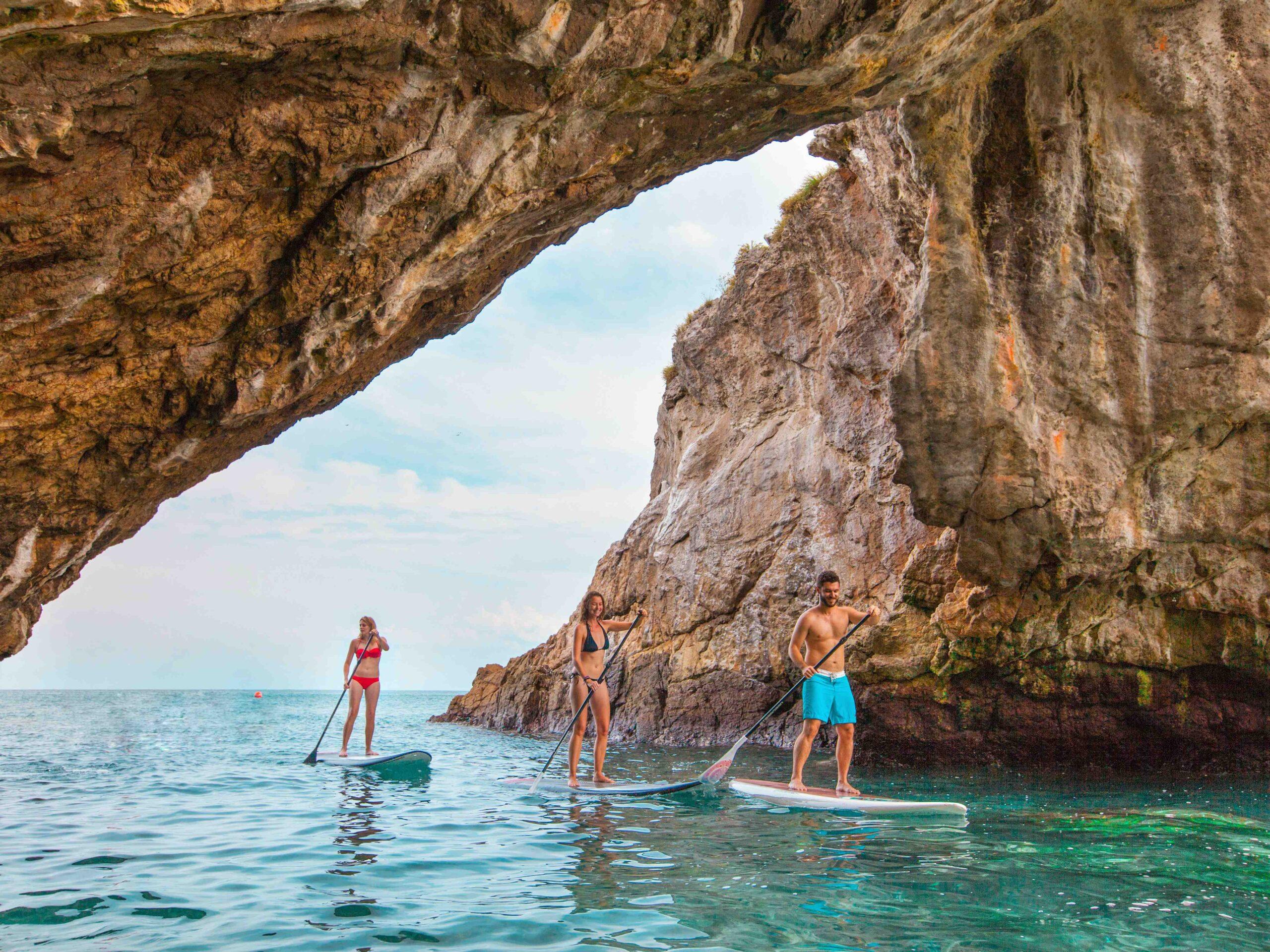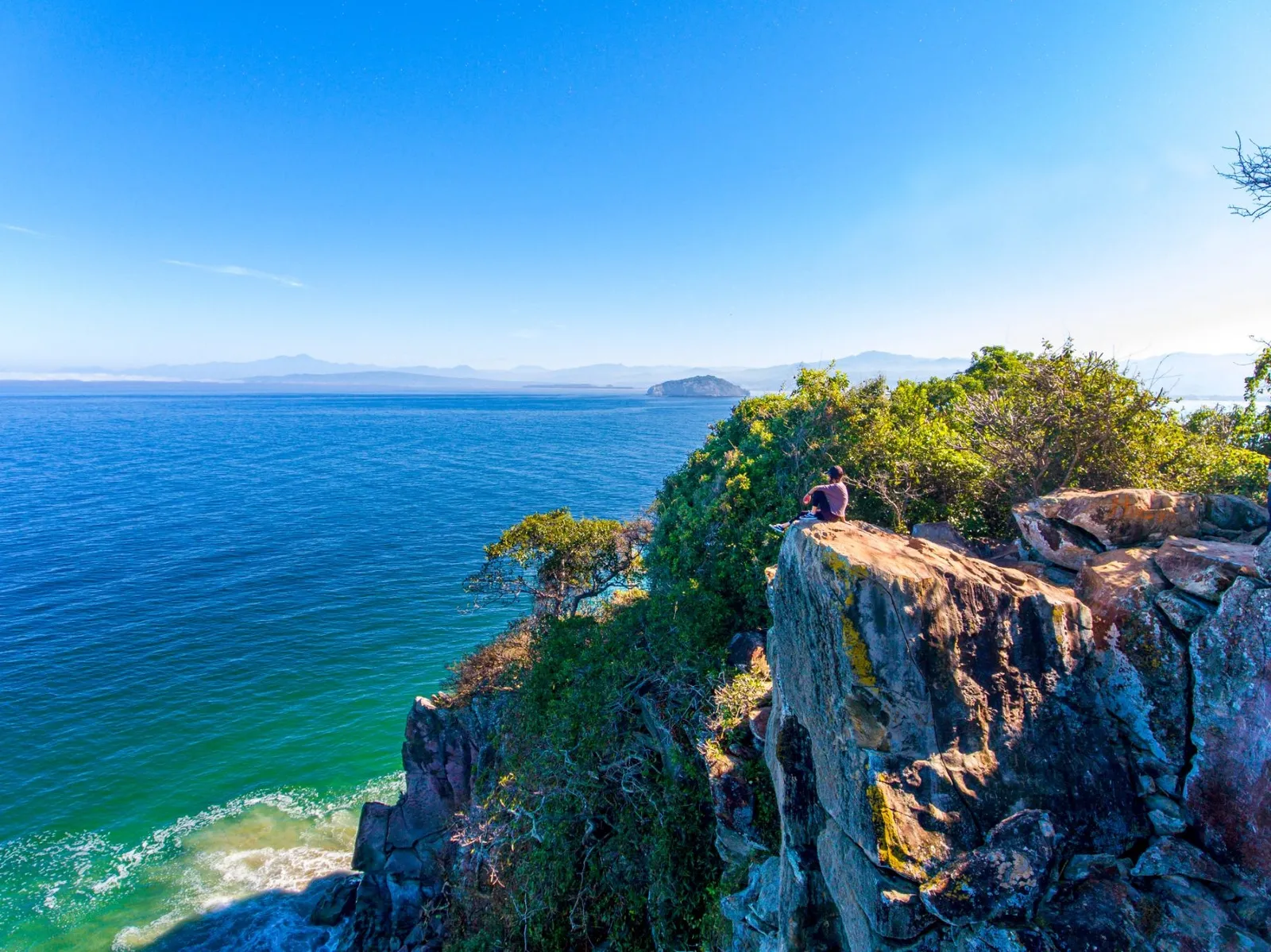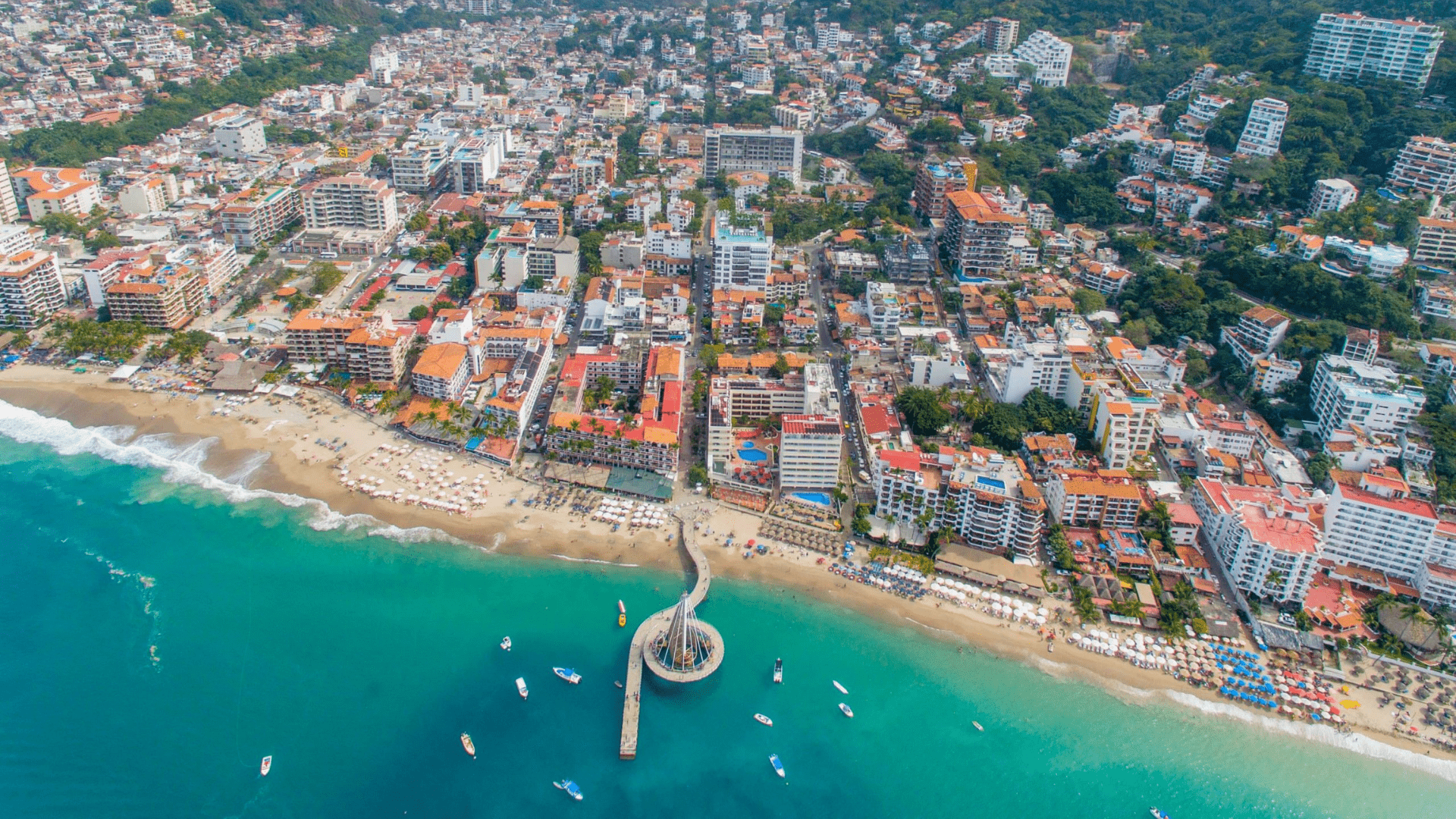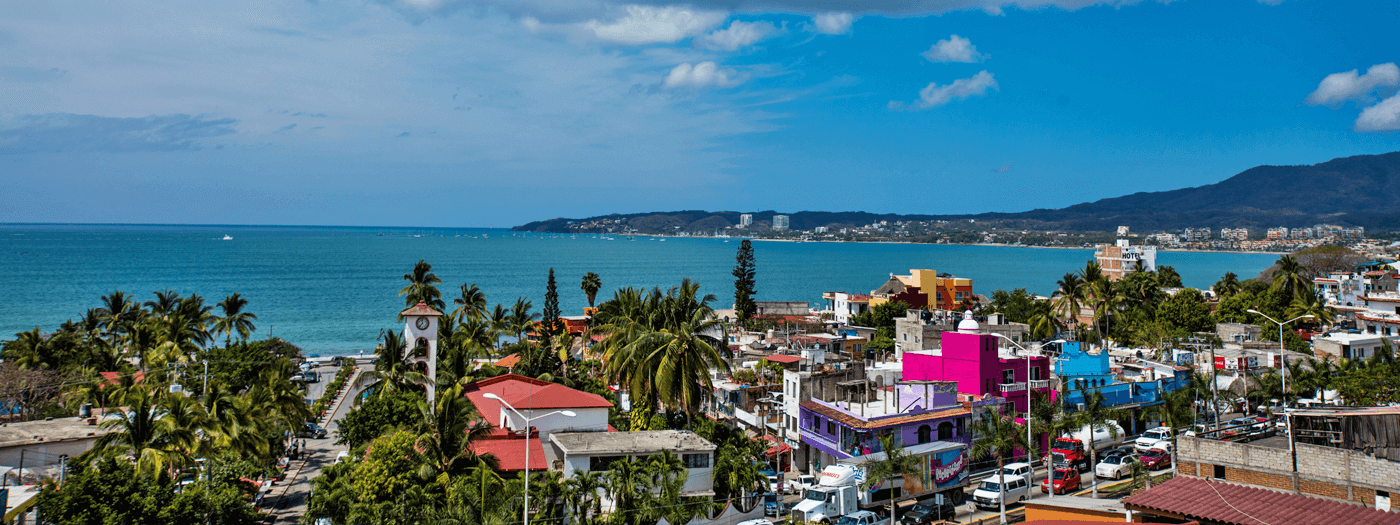
YOU NEED TO KNOW THIS BEFORE YOUR VISIT TO
Marietas Island 2024
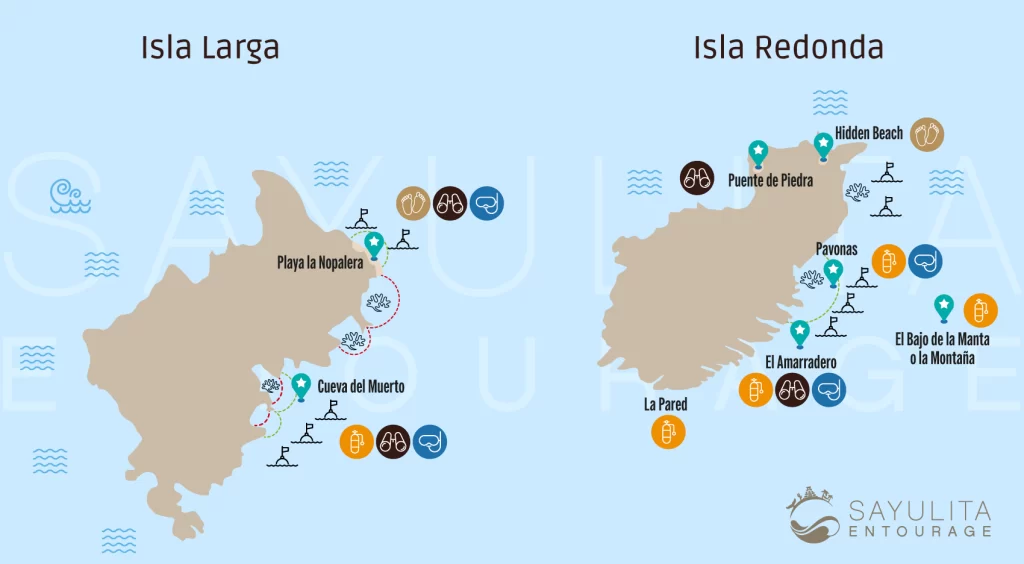
The hidden beach, also known as Playa del Amor, is very particular since it is like a cave open to the sky with white sand that gives it a spectacular view. This National Park is made up of two islands, known as Isla Redonda and Isla Larga, two islets and several rocky and sandy shallows in the surrounding marine area. The Marietas Islands are a habitat that allows the coexistence of some marine species characteristic of the central and southern Mexican Pacific with those of the Gulf of California and the Pacific coast of Baja California. It contains coral reefs that are a great attraction for sport diving.
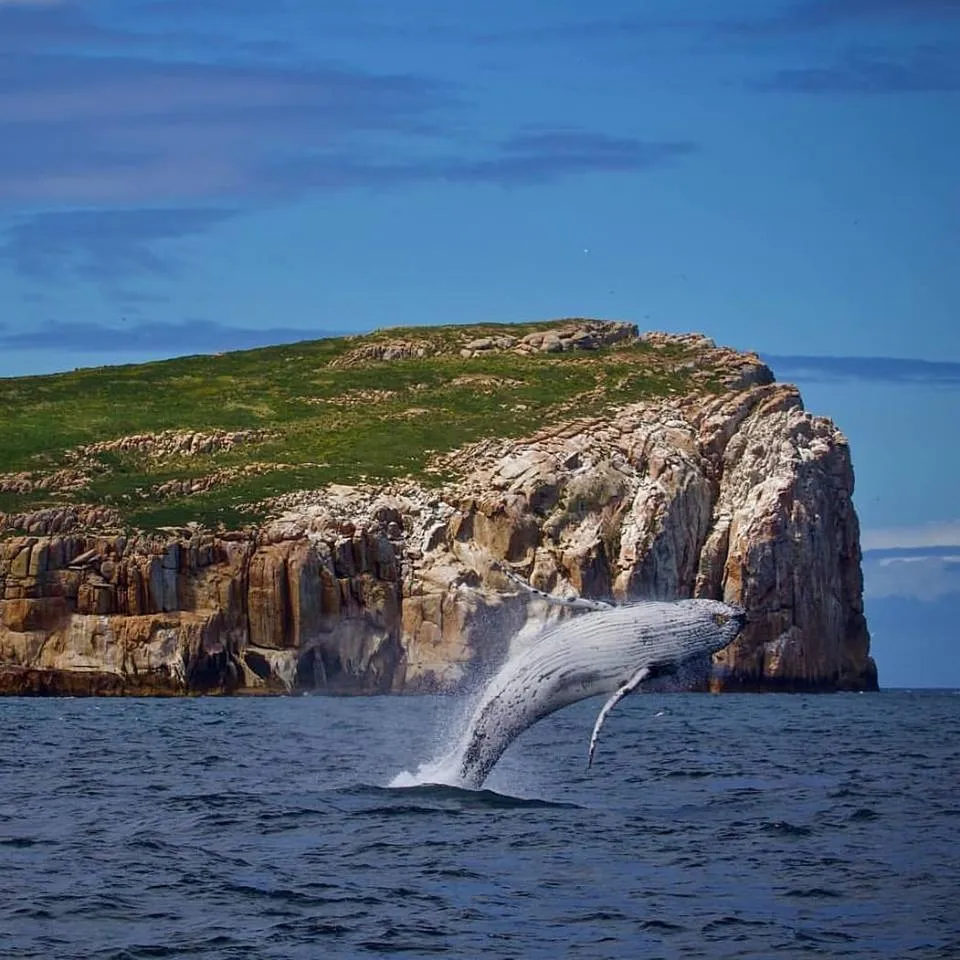
Flora and Fauna
Puerto Vallarta is one of the most biodiverse destinations in Mexico. Our beaches, rivers, mountains and, of course, the sea are home to a wide variety of flora and fauna.It is considered the site of greatest coral biodiversity in the Banderas Bay, due to the presence of 12 species of corals and a high diversity of reef fish, as well as populations of marine mammals in its surrounding waters.The best whale watching season in Puerto Vallarta may be January and February, although the migration season typically runs from December through March. Also these habitats are home to birds ranging from Brown Booby (Sula leucogaster) to Heerman’s gull (Larus heermanni), Blue-footed Booby (Sula nebouxii), American Frigatebird (Fregata magnificens), Bridled Tern (Onychoprion anaethetus), Widemouth Rock Snail (Plicopurpura patula pansa) and too many others.
Flora and Fauma

Puerto Vallarta is one of the most biodiverse destinations in Mexico. Our beaches, rivers, mountains and, of course, the sea are home to a wide variety of flora and fauna.It is considered the site of greatest coral biodiversity in the Banderas Bay, due to the presence of 12 species of corals and a high diversity of reef fish, as well as populations of marine mammals in its surrounding waters.The best whale watching season in Puerto Vallarta may be January and February, although the migration season typically runs from December through March. Also these habitats are home to birds ranging from Brown Booby (Sula leucogaster) to Heerman’s gull (Larus heermanni), Blue-footed Booby (Sula nebouxii), American Frigatebird (Fregata magnificens), Bridled Tern (Onychoprion anaethetus), Widemouth Rock Snail (Plicopurpura patula pansa) and too many others.
Ways to get there
Access is by sea using the services of tourist boats departing from one of the following points: Sayulita, Punta de Mita (4.85 nautical miles), La Cruz de Huanacaxtle, (11.84 nautical miles), Nuevo Vallarta, Puerto Vallarta ( 18 nautical miles), Mismaloya and Yelapa(14 nautical miles). The approximate journey time depends on the embarkation point.

Ways to get there

Access is by sea using the services of tourist boats departing from one of the following points: Sayulita, Punta de Mita (4.85 nautical miles), La Cruz de Huanacaxtle, (11.84 nautical miles), Nuevo Vallarta, Puerto Vallarta ( 18 nautical miles), Mismaloya and Yelapa(14 nautical miles). The approximate journey time depends on the embarkation point.
Visitor regulations in the Protected Area
- Follow the indications of guides and park rangers.
- Mandatory use of life jackets in the water.
- No alcoholic beverages
- No littering
- No removal or introduction of animals
- No use of single-use plastics
- Use of environmentally friendly sunscreens at least 30 minutes before entering water.
- Covering the payment of the fee
Access to Playa Escondida is now limited to 116 people per day, from Wednesday to Sunday. It is therefore important to book early.
Age limit for admission to the Playa del Amor is from 10 years old to 65 years old.
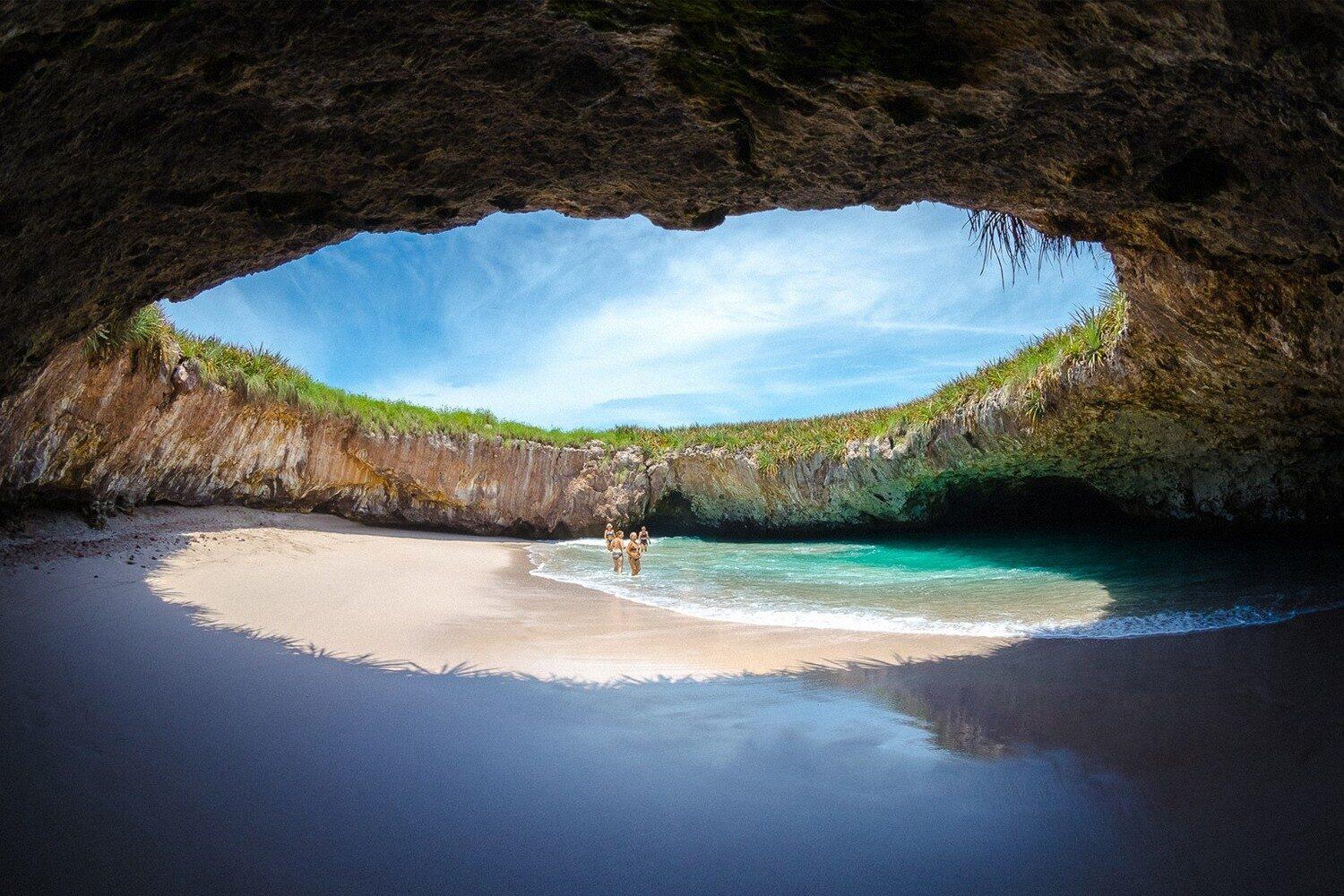
Visitor regulations in the Protected Area

- Follow the indications of guides and park rangers.
- Mandatory use of life jackets in the water.
- No alcoholic beverages
- No littering
- No removal or introduction of animals
- No use of single-use plastics
- Use of environmentally friendly sunscreens at least 30 minutes before entering water.
- Covering the payment of the fee
Access to Playa Escondida is now limited to 116 people per day, from Wednesday to Sunday. It is therefore important to book early.
Age limit for admission to the Playa del Amor is from 10 years old to 65 years old.
Reserve your guided tour with us!
One of our bilingual drivers/guides will pick you up at your resort or condo and take you out for an amazing experience and return you safely to your hotel.

Here are other posts that might interest you.



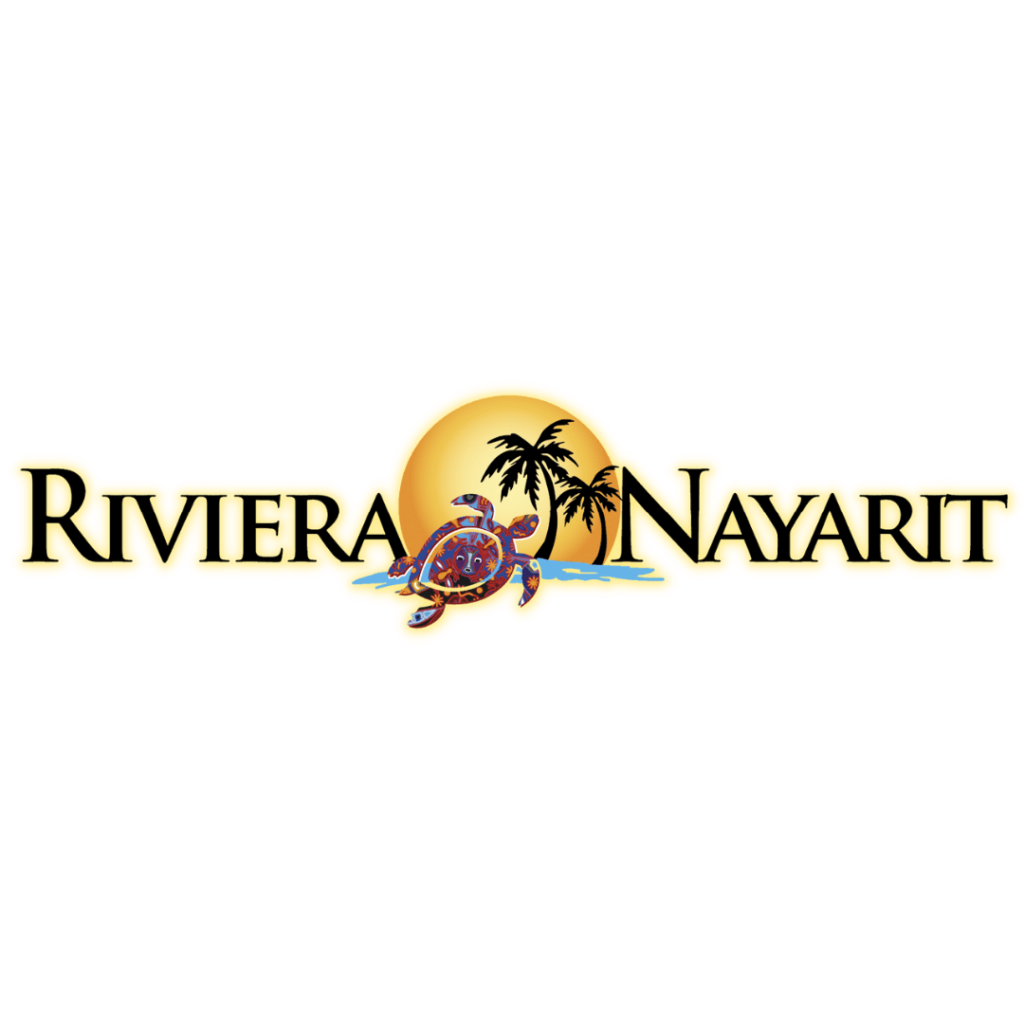

©2024 Discover Vallarta S.A. de C.V.
Call your personal concierge!




©2024 Discover Vallarta S.A. de C.V.





©2024 Discover Vallarta S.A. de C.V.
